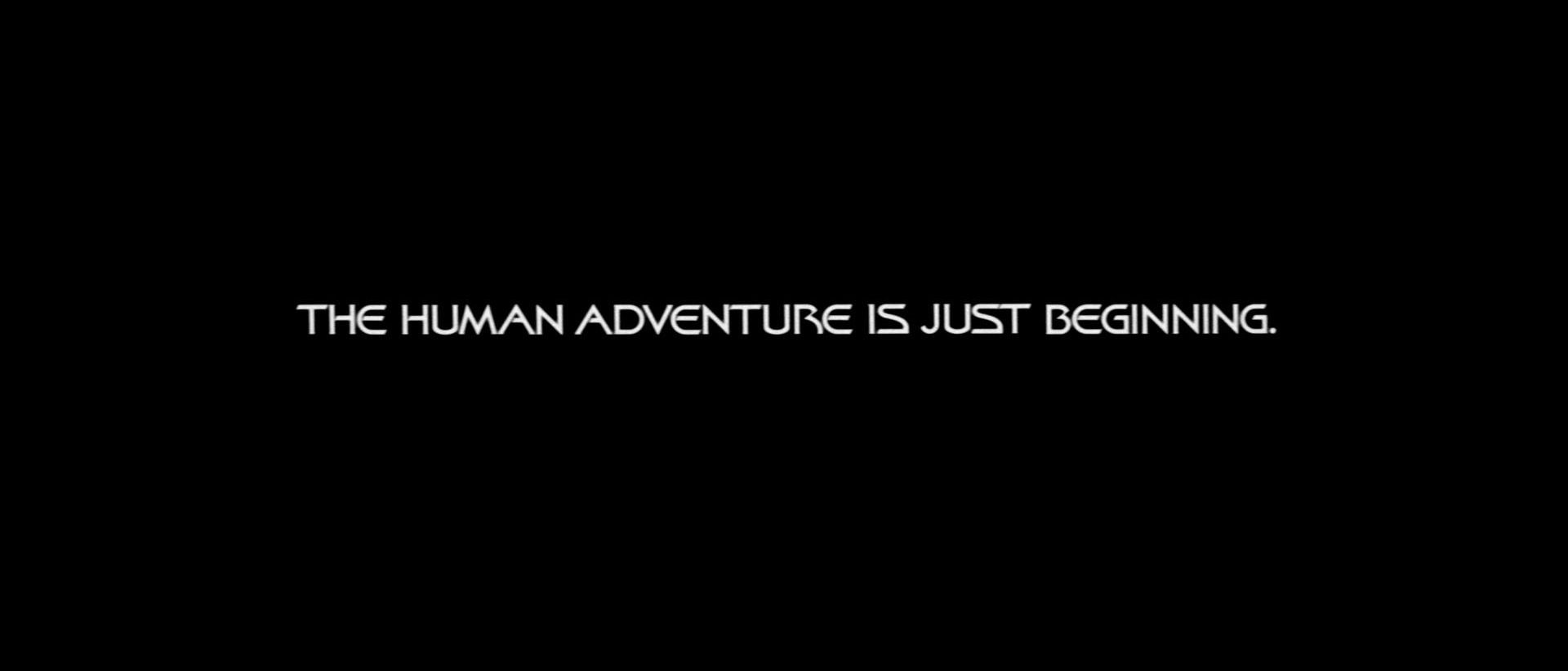The Lives of Others
Norm hides out from a heat wave with the Criterion editions of HOTEL DU NORD and FAYA DAYI and Shout! Factory's 4K release of BELLE.
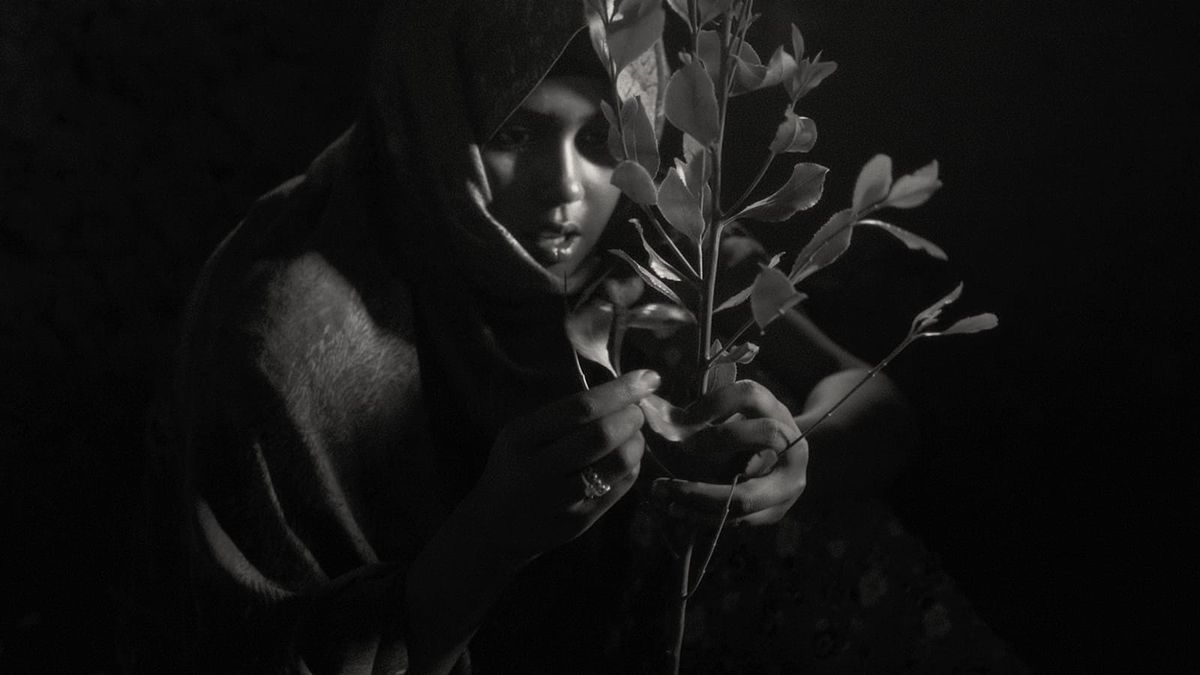
The Labour Day weekend is always a little sluggish, isn’t it? If it’s not the heat, it’s the dread of seeing September coming for you in a pumpkin spice tsunami – and, of course, there’s TIFF.
Ah, but this year TIFF is going to be different: I’ll be running around like I always am, but now I’ll be sporting a staff badge and going up on stage to introduce movies and moderate Q&As. I promise that eventually I’ll stop telling you how exciting this all is, and how weirdly unstressful compared to the panicked cascade of FOMO that it is to attend the festival as a journalist – but then again, I just realized that this newsletter is all the writing that’ll be required of me for the next two weeks, and I was just so damn happy.
And if it’s too hot to go out and do much this weekend – which, at least as I type these words, it absolutely is – at least I can tell you about some fun new releases. That’s why you’re reading this, after all.
The bleary late-summer weather is the perfect time to watch Jessica Beshir’s Faya Dayi, which Criterion released on Blu-ray and DVD last week. It’s a dreamlike study of life in the small Ethiopian village from which the filmmaker hails – a documentary that presents reality through an approximation of the distorted filter of the mood-altering plant, khat, that has consumed the region, and the Oromo farming community that grows it.
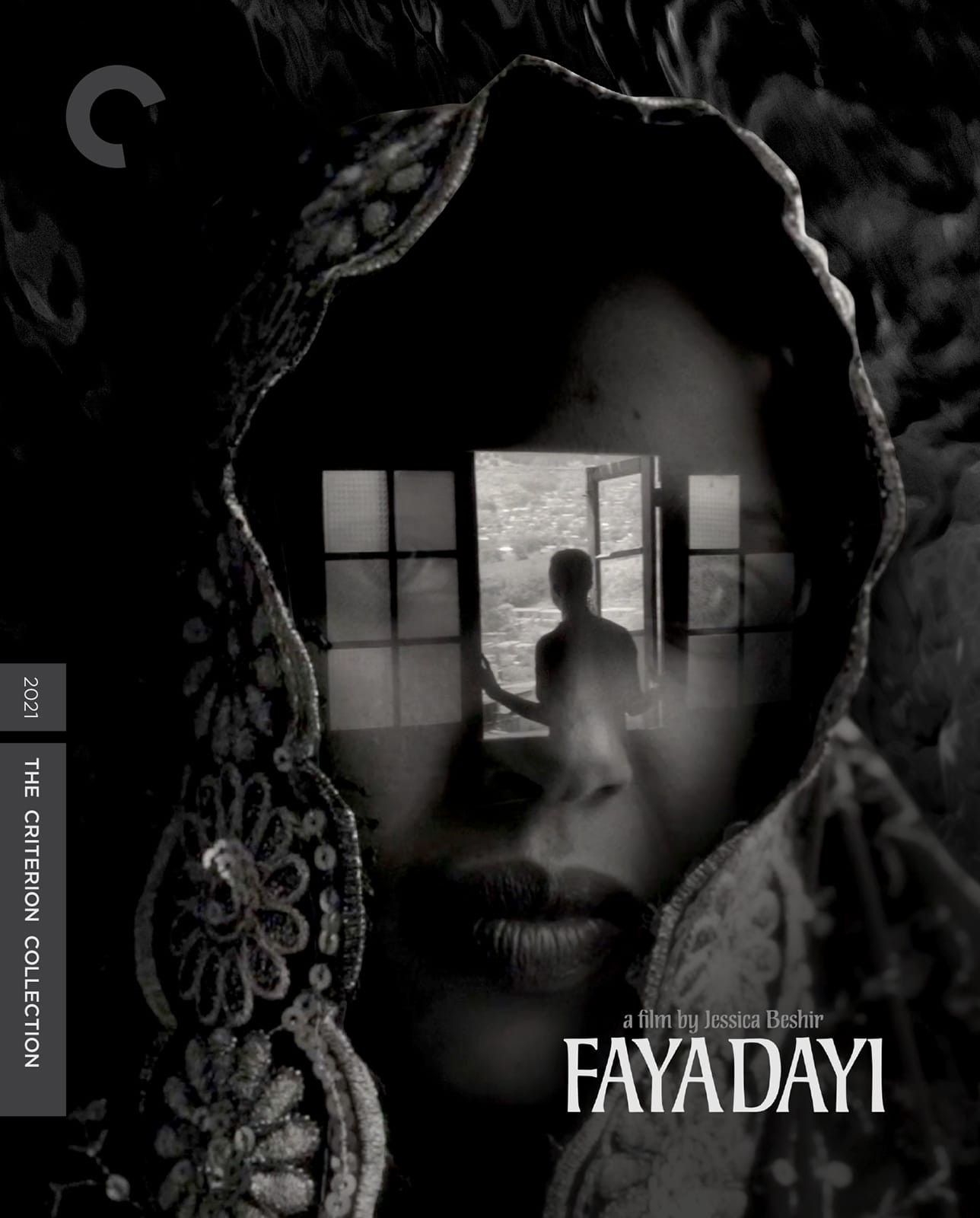
Used by Sufi mystics as a means to more speedily reach a rapturous state, khat is prized for its hazy, euphoric qualities among its most ardent users. Beshir contrasts their blissed-out attitude with the exhaustion of the people who actually farm the plant, gently building a parallel between those who seek a better future through hard work, and those who seek to escape the present through those workers’ product.
In an essay that accompanies the Criterion edition, Yasmina Price writes of the “liquid circles and slow meanderings" that define Beshir’s narrative, inasmuch as the film has a narrative at all. Mostly, Faya Dayi is interested in exploring the rhythms of Harar, and the ways in which the production and consumption of khat have fundamentally altered the lives of the people who live there. “Their flesh is here, but the soul is gone,” someone says unjudgmentally; it’s not like the khat chewers would have anywhere to go if they were sober.
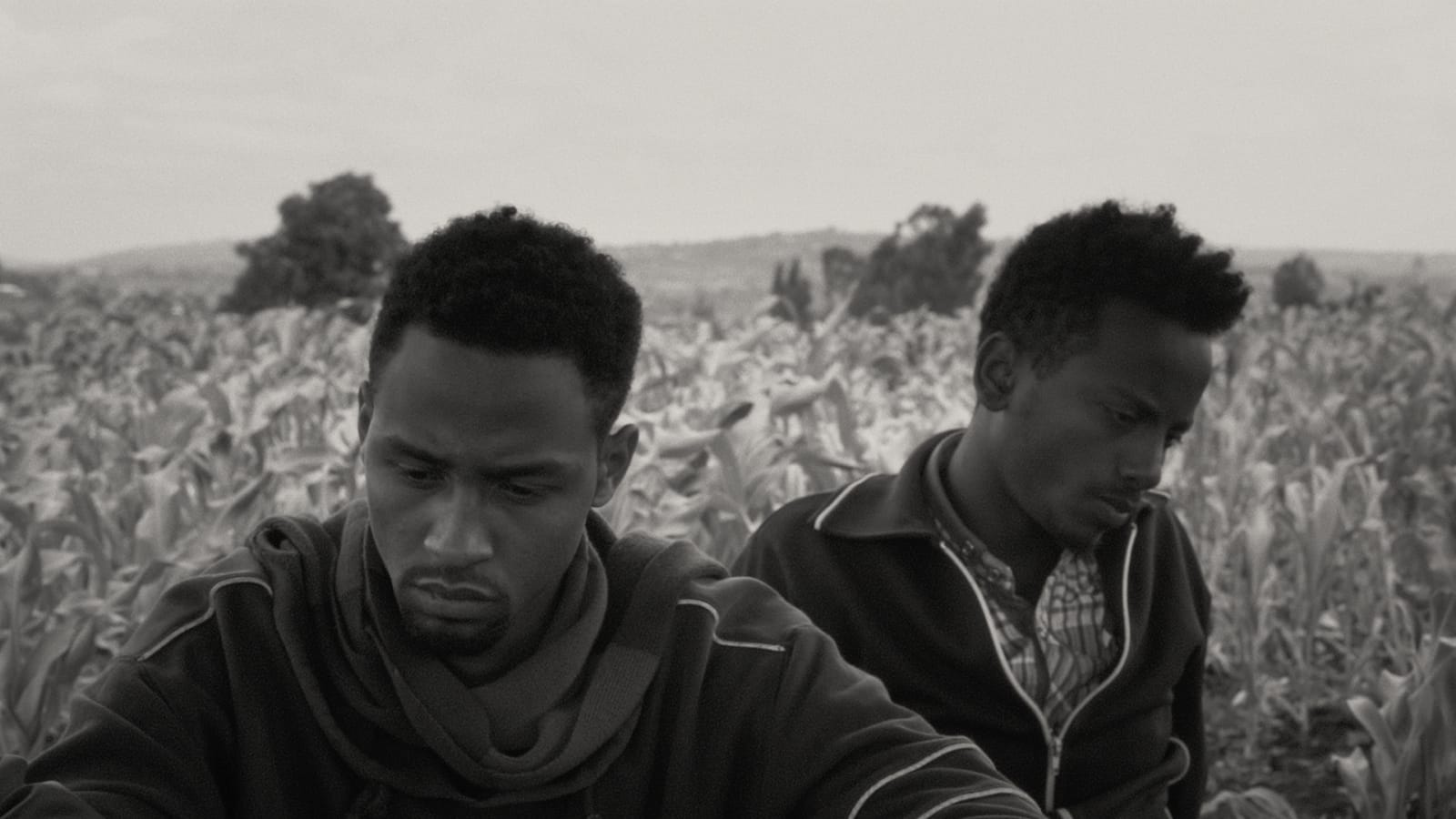
Criterion’s Blu-ray edition of Faya Dayi presents the feature in a pristine 1080p/24 transfer, with a subtly active DTS-MA 5.1 sound, and supports it with a smallish supplemental package. There’s a scene-specific audio commentary from Beshir and poet Ladan Osman that expands upon the Sufi iconography Beshir uses in the doc, and three of Beshir’s short films – He Who Dances on Wood, Heroin and Hairat– are included as well, the better to illustrate the evolution of her creative vision.
Elsewhere in "splendid black-and-white Criterion presentations", Marcel Carné’s Hôtel Du Nord was also added to the collection this month – much to my surprise, as I thought it had been a Criterion title since the laserdisc days. But no, this is the first time Hotel Du Nord has been released under Criterion's banner on any format; I think maybe hearing about Arrow's UK Blu-ray a couple of years ago confused me. (Also, this paragraph was absolutely not designed as an SEO lure for "Criterion", although what the hell, maybe that's not the worst idea.)
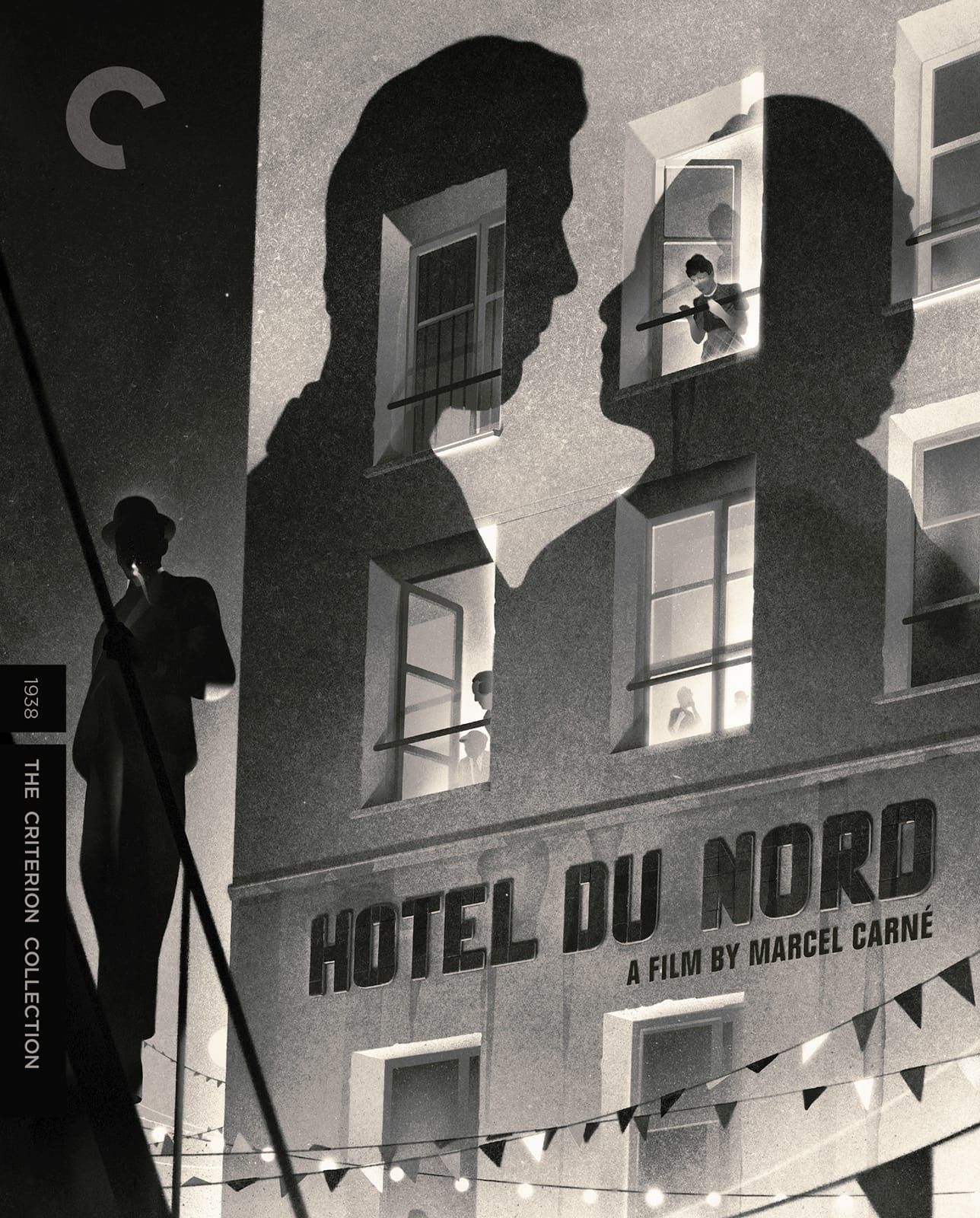
Hôtel Du Nord is Carné’s 1938 drama about love, betrayal and thievery taking place within the walls of a flophouse hotel in Paris that functions as a base workers of all sorts – people whose jobs require their hands, or their wits, or other more specialized parts. But they’re all working-class, a reality that unites them against larger society even as they squabble amongst themselves.
Shot in a style that seems to prefigure noir while also mocking that genre’s eventual trend towards grandiosity – and I know that’s impossible, but it feels like Carné saw the future coming. But Hôtel du Nord also feels like it’s looking backward, as if Carné watched MGM’s Grand Hotel and needed to make the scrappier, seamier response, thumbing his nose at its multi-stranded narrative of swells and schemers by refusing to sugar-coat the desperation of people living on the ragged edge.
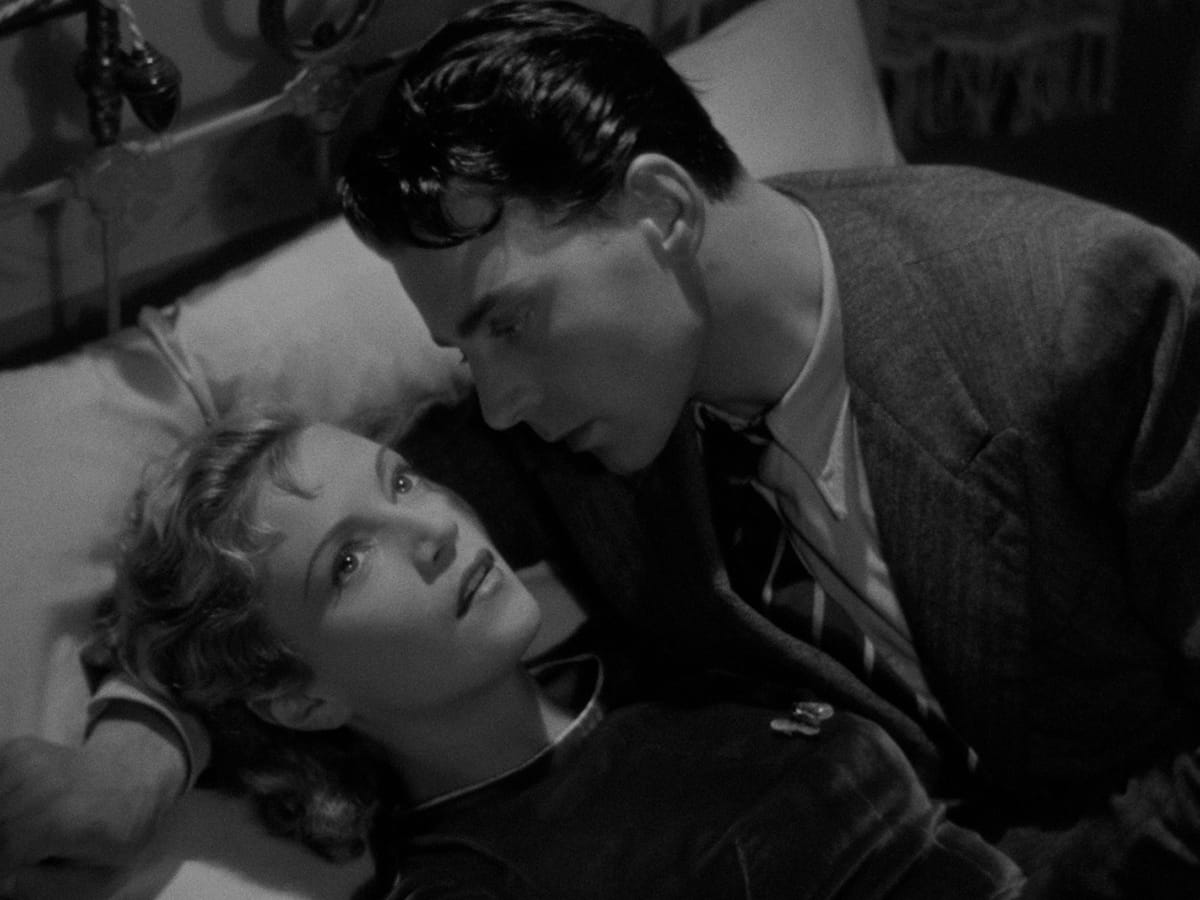
And yet, for a movie that opens with a botched suicide pact and turns on the relationship between a sex worker and her abusive pimp, Hôtel du Nord is a remarkably easy watch. Carné’s empathy for all of his characters is evident – to the point of casting his real-life friends Arletty and Louis Jouvet as the aforementioned pair, the irreverent Raymonde and the curt Edmond, the better to help him relate to them. There’s even a happy ending of sorts for Annabella and Jean-Pierre Aumont as Renée and Pierre, the struggling lovers whose unsuccessful attempt to Romeo-and-Juliet themselves sets the story in motion; they may be penniless and low on prospects, but they still have each other. I see a future for them in the resistance.
Criterion's Blu-ray offers a surprisingly decent transfer of the feature – I've come to expect French pre-war cinema to have a little more wear and tear – and a modest supplemental package. Two archival documentaries, 1972's Making Hôtel Du Nord and 1994's Carné, You Said "Carné", explore the production and place it in the larger context of Carné's career, coming between his thrillers Port of Shadows and Le Jour Se Léve. This is also how I found out Criterion's DVDs of those films have gone out of print, dammit.
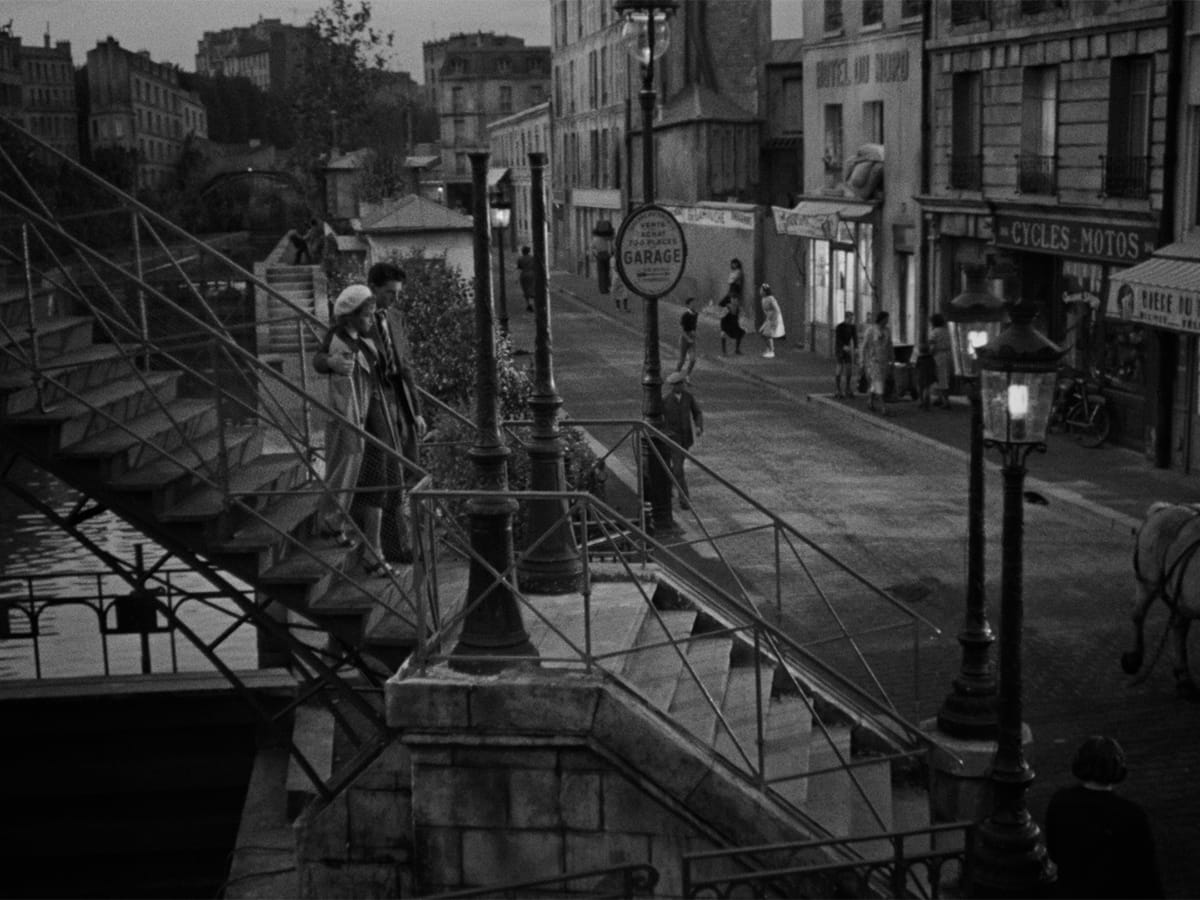
But the real highlight, at least for me, was a new conversation between filmmaker Jean-Pierre Jeunet (Delicatessen, Alien Resurrection, the recent Netflix oddity Bigbug) and writer and Carné shrinekeeper Philippe Morisson. I'd never considered Jeunet's work as simpatico with Carné's cinema, but nearly every movie he's made revolves around an eclectic assemblage of characters trying to navigate a set of arcane barriers to their goals, so ... it's intriguing, non?
Jeunet might not take the comparison too seriously himself, but it's a pleasure to listen to him discuss Carné’s intentions and aesthetic with someone as well-versed as Morisson. The featurette ran just under 20 minutes, but I'd have been happy to listen to them for a lot longer; it’s a shame they couldn’t have done a commentary for the feature.
And now, a sudden unexpected pivot to anime!
I was late to the party on Belle. Mamoru Hosoda’s latest had a brief theatrical run at the beginning of the year, and arrived on disc this spring from Shout! Factory. I was a little busy what with crawling from the wreckage of NOW and all that, but I’ve caught up to it in the best possible fashion.
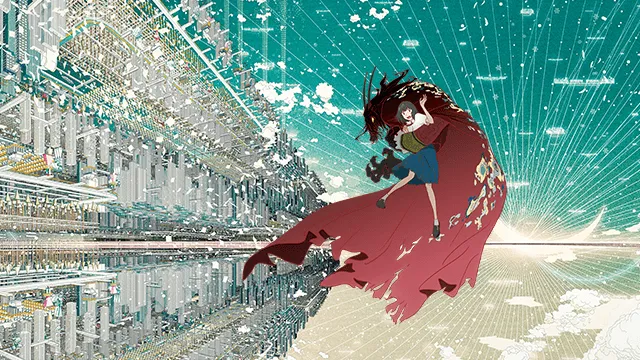
As the title implies, Belle is Hosoda’s anime spin on the story of Beauty and the Beast, but with a very specific twist: It’s also his spin on Ready Player One, since its story of a withdrawn young woman swept away by a mysterious beast takes place within an elaborate VR universe called the “U”, where people can assume whatever persona, human or otherwise, they so choose.
In the U, Belle (voiced by Kaho Nakamura in the Japanese version, and Kylie McNeill in the English dub) is a superstar – a household name whose virtual concerts are elaborate spectacles attended by millions around the world. In the real world, which is rendered in far more mundane fashion, she’s a lost small-town teenager named Suzu who turned to VR in order to cope with the loss of her mother, who drowned saving a child in a flood. It’s a coping strategy that works – barely – but when one of Belle’s concerts is invaded by a monster known only as The Dragon (Takeru Satoh/Paul Castro Jr.), pursued by a group of angry villagers, everything is derailed; Suzu becomes obsessed with The Dragon and sets out to find him in the U, triggering a series of events in both the real and virtual worlds that never goes entirely where you’d expect.
Hosoda, whose feature films include The Girl Who Leapt Through Time, Wolf Children, The Boy and the Beast and Mirai, is a filmmaker who’s spent his career shifting between stories inspired by folklore and more contemporary narratives; his 2009 drama Summer Wars revolved around a VR landscape as well, but Belle is a different animal entirely, with the U realized as a more-real-than-real candyland that can be whatever its users want it to be – which means it can also reflect a much darker vision when the wrong people take the wheel. And the harder Suzu searches for The Dragon, the darker things get for both of them. It’s a stunning technical accomplishment, much as Ready Player One was, but it’s also an incredibly rich story rooted in character and feeling, with nods to the various screen incarnations of the Beauty and the Beast fable that feel organic rather than forced. It’s never just one thing, and Hosoda keeps all of the disparate parts moving elegantly throughout.
If you already love the movie, you’re going to want Shout’s brand-new 4K special edition: In addition to a dazzling UHD presentation of the film, with the original Japanese audio and the English dub presented in Dolby Atmos, and the same BD that’s included in the combo – which includes the movie, a comprehensive 45-minute making-of documentary, a half-hour interview with Hosoda and a montage of post-screening Q&A appearances, featurettes on the music and voice casting, breakdowns of two key scenes, a design gallery, and more – the 4K set throws in a second Blu-ray of extras keyed directly to the culture of Belle, from a deeper dive into the Japanese soundtrack, cast interviews, a ride-along with Hosoda and his actors to various promotional events, and a half-hour interview with designer Eric Wong, the English architect who created the U.
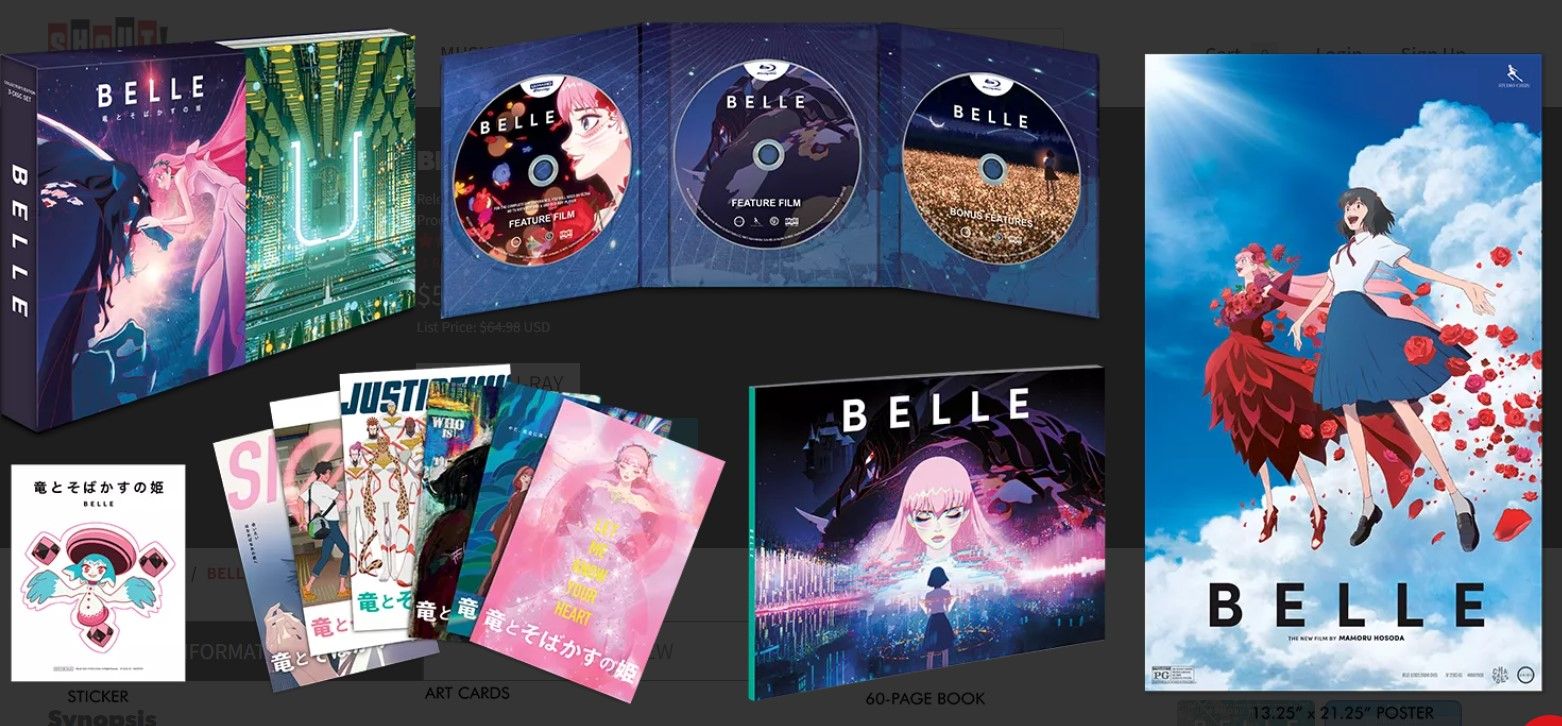
Is all of this essential? Maybe not. But it’s an all-you-can-eat package that will delight anyone who wants to dig further into the movie, which is exactly the sort of thing a special edition of Belle should do … all boxed up with a 60-page book filled with images from the film and text interviews with the production team (in tiny, tiny print), a set of art cards, a fold-out poster and a sticker. It’ll be a perfect gift for someone. A lot of someones, even.
And that’s that for this week. I’m hoping to keep to a regular publishing schedule once TIFF is underway; I’m prepping some stuff in advance, and will roll out more when I can. But I trust you’ll forgive me if the coverage is a little less comprehensive than usual. See you on Festival Street!
Also! I’ve finally figured out how to enable comments on the web, so if you’ve got any feedback just log into the website, find the appropriate page and lay it on me. You know, like with a blog! Remember blogs? Those were cool.
Next week, somehow:
